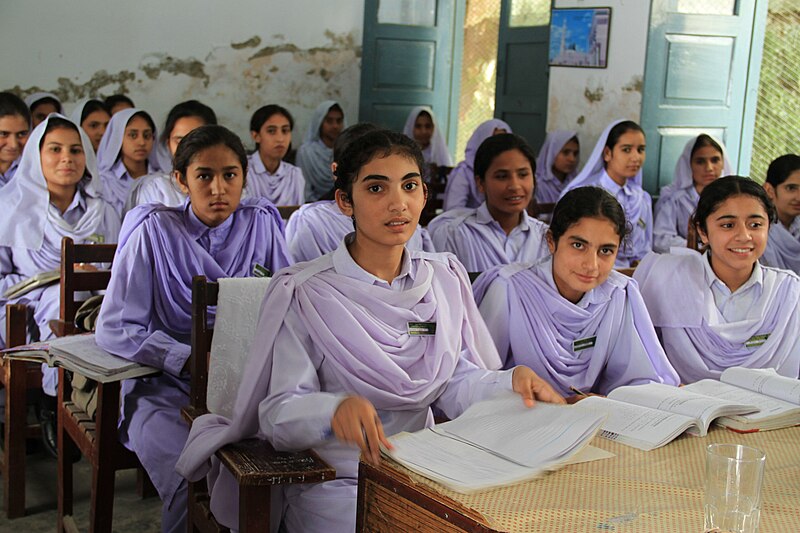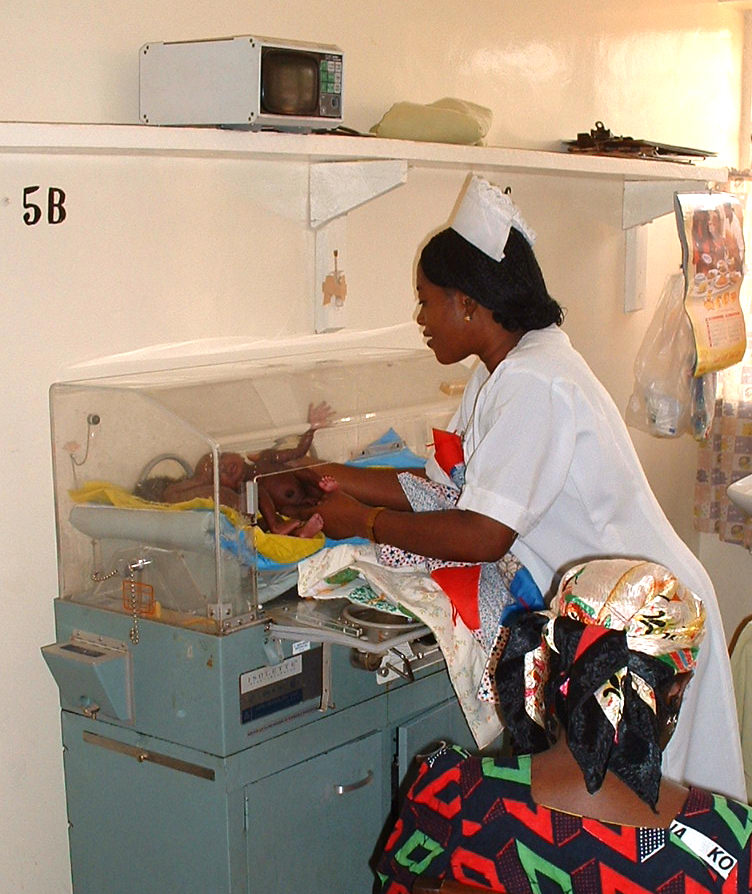Karla Jauregui Sandoval
AP Environmental Science ♻️
252 resourcesSee Units
Total fertility rate is the average number of children born to a woman in her reproductive age. This undoubtedly influences a community and their age structure/total population. Total fertility rate has been declining in recent years, although the TFR in developing countries remains higher than it in developed countries. It also remains higher than the replacement fertility rate of 2.1, which is the number used to describe how many kids one must have for a population to replace itself, but not grow, without immigration or emigration. The total fertility rate combines with external factors to determine population growth and decrease.

Image Courtesy of Wikimedia
Infant Mortality Rate, Crude Rates
Infant mortality rate of the number of children that die before the age of one. This rate is especially high in developing countries due to lack of contraceptives, proper sex education, or adequate medical technology/planning. Crude birth rate is the number of births per 1000 people. Crude death rate is the number of deaths per 1000 people.

A pediatric nurse checking recently born triplets in an incubator at ECWA Evangel Hospital, Jos, Nigeria. Image Courtesy of Wikimedia
Emigration and Immigration
Other factors that influence the size of a country's population are emigration and immigration. Emigration refers to the number of people leaving the country which decreases a population size. Immigration is the number of people entering a country which will increase the population size. (Hint: Think- E stands for Exit.)
Browse Study Guides By Unit
🏜Unit 1 – The Living World: Ecosystems
🐠Unit 2 – The Living World: Biodiversity
👪Unit 3 – Populations
🌏Unit 4 – Earth Systems & Resources
🏖Unit 5 – Land & Water Use
⚡️Unit 6 – Energy Resources & Consumption
💨Unit 7 – Atmospheric Pollution
♻️Unit 8 – Aquatic & Terrestrial Pollution
🔥Unit 9 – Global Change
📚Study Tools
🤔Exam Skills

Fiveable
Resources
© 2025 Fiveable Inc. All rights reserved.